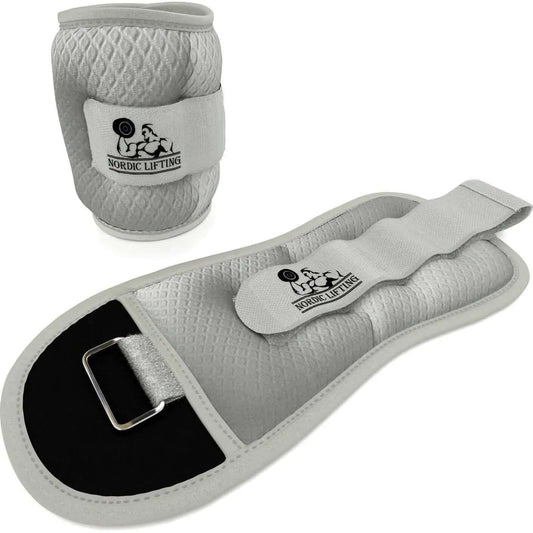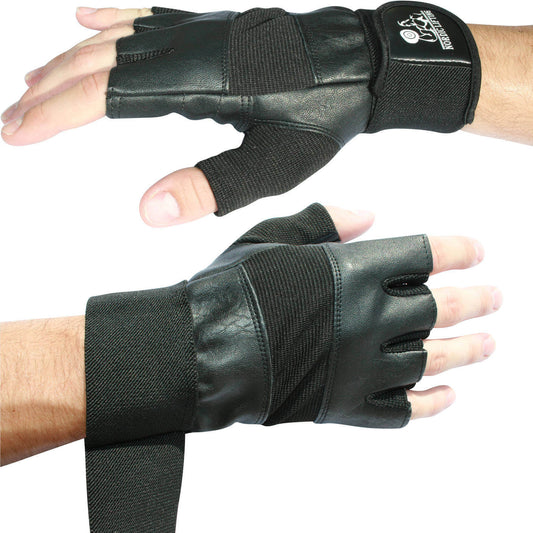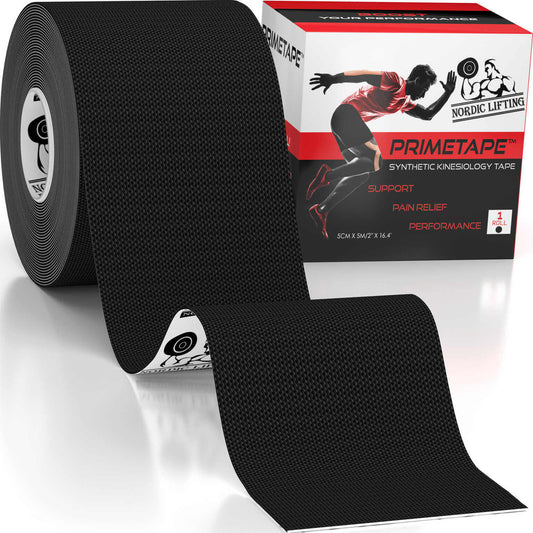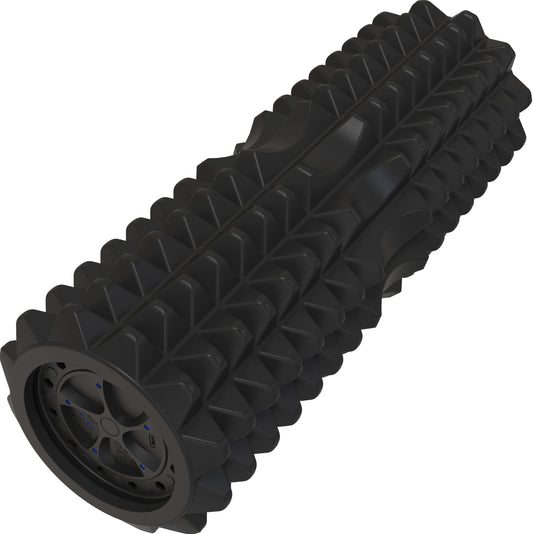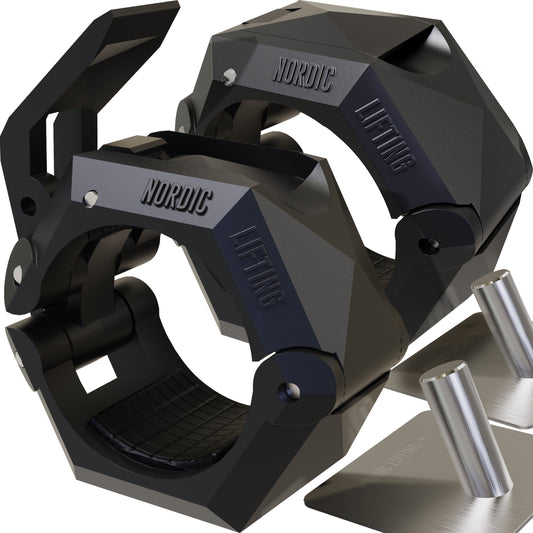
Have you ever had those workout days where you feel so satisfied because you’ve performed better than expected? Maybe you’ve had more reps than usual or you were able to lift heavier weights to your surprise. However, the feeling doesn’t last long after your muscles start to feel a bit achy and the pain-causing tension is a bit too much to handle a few days after you really pushed yourself.
This uncomfortable “sore” feeling can catch you off-guard and leave you feeling a little down in the dumps, but worry not as we will give you, guys, some tips to help you feel better during this agonizing phase that even the most experienced athletes experience from time to time.
1. Hydration is key

Research has shown that there’s a correlation between muscle aches and dehydration. A study in 2005 that was published in “Journal of Athletic Training” found that being dehydrated can increase the chances of “Delayed Onset Muscle Soreness” (DOMS). This is the reason why post-workout hydration shouldn’t be taken for granted as it can slow down muscle growth and cause unwanted muscle spasms, injuries and other types of body pain.

Keep in mind that drinking the right kind of fluid matters too. Instead of going for sodas and other sugary drinks, opt for water with electrolytes - which will not just quench your thirst but replenish your body of calcium, potassium, sodium, magnesium and other minerals that were lost due to sweating.
2. Take cold baths

After reviewing the results of 17 clinical trials, researchers at the University of Ulster in Northern Ireland concluded that taking cold baths can significantly reduce muscle soreness compared to resting after a workout. Cold baths work because it flushes lactic acid out of the body and speeds up muscle recovery after a tedious workout.
If taking ice baths is not on your post-workout care routine list then you should definitely include it because not only does cold therapy aid in exercise recovery but also help fight and reduce post-exercise pain, soreness, and inflammation.
3. Heat therapy

Stimulating blood flow with heat is a useful way to combat sore muscles and accelerate the healing process. This is why we highly recommend folks with post-workout muscle soreness symptoms to try the Nordic Lifting foam roller especially those who don’t have the means to go to a spa.
This muscle massage and deep tissue trigger is scientifically shown to reduce muscle stiffness and relieve tension. It also provides relief from ailments such as muscle pain, plantar fasciitis, sciatica and general back pain among others.
There are also other ways to incorporate heat therapy into your fitness routine like using a heat pad or a massage stick to relax, loosen and relieve sore muscles.
4. Rest until the soreness goes away

You can still exercise to some extent even if you’re feeling sore but it will just make you feel uncomfortable. If you truly feel like your body can’t take the soreness anymore then do yourself a favor and stop. Forcing yourself to do something that your body is not capable of will just do it more harm than good.

Fitness-related muscle soreness is something that everyone who dares to workout outside their normal intensity range will experience. This is why we recommend you to follow the tips above for you to be able to better manage the delayed-onset sensation of sore muscles after your intense workouts.







